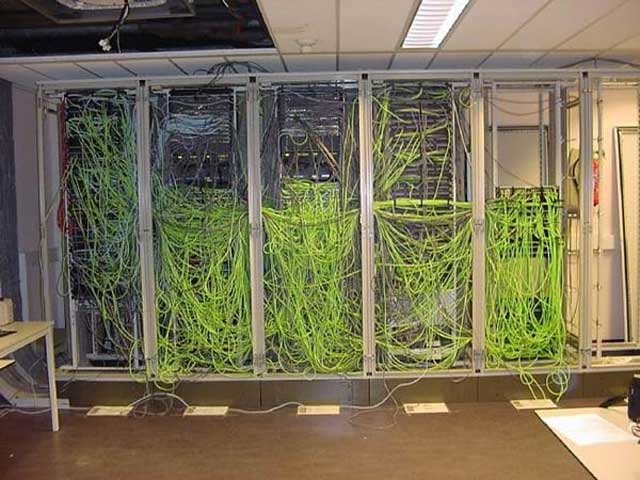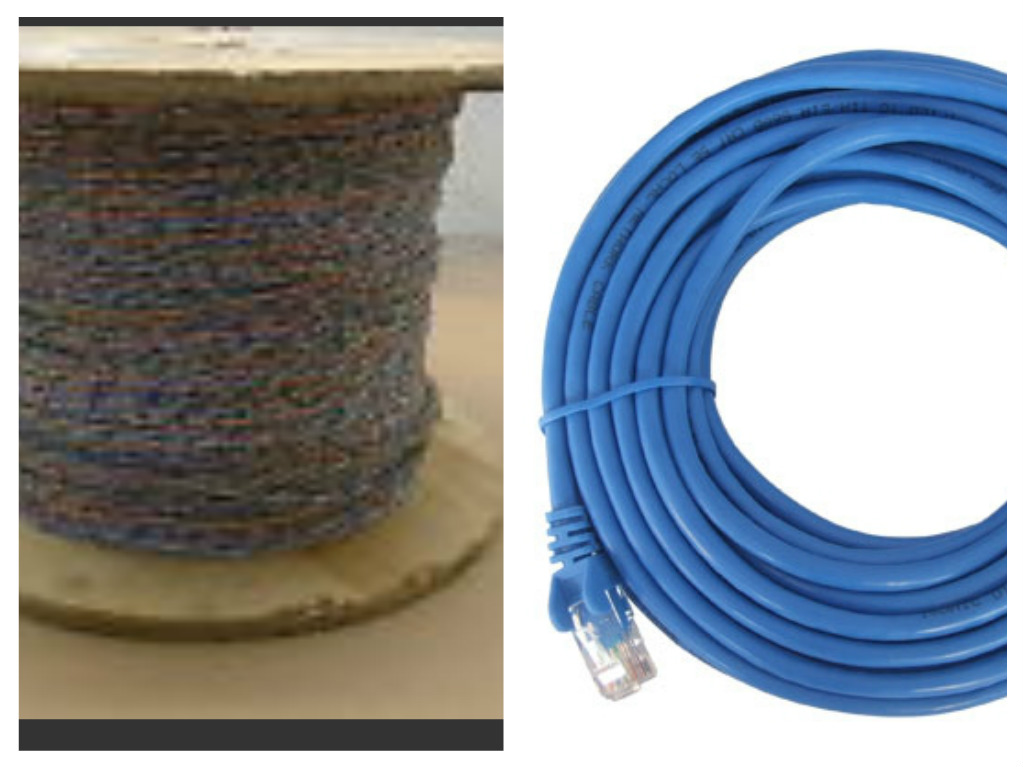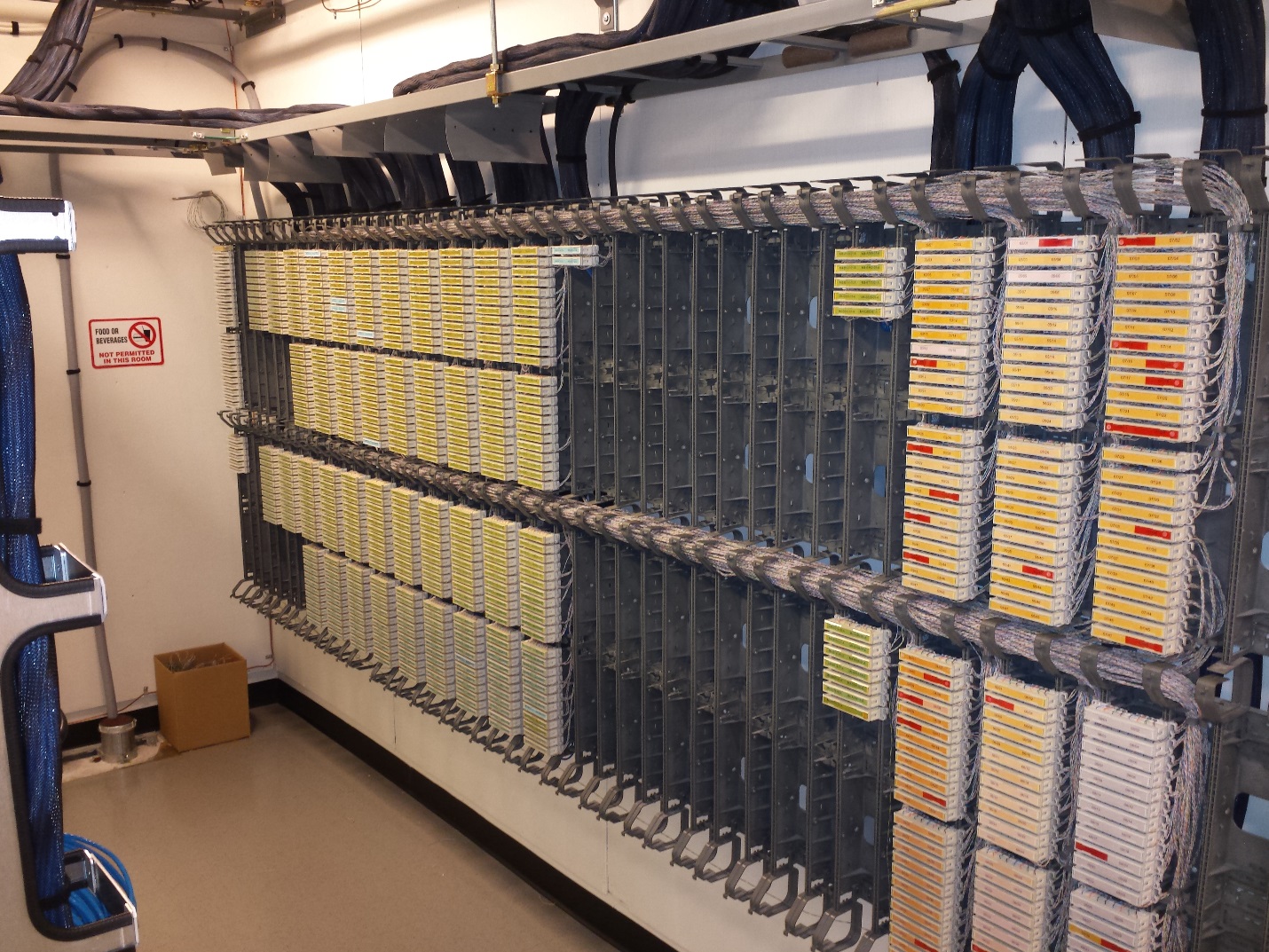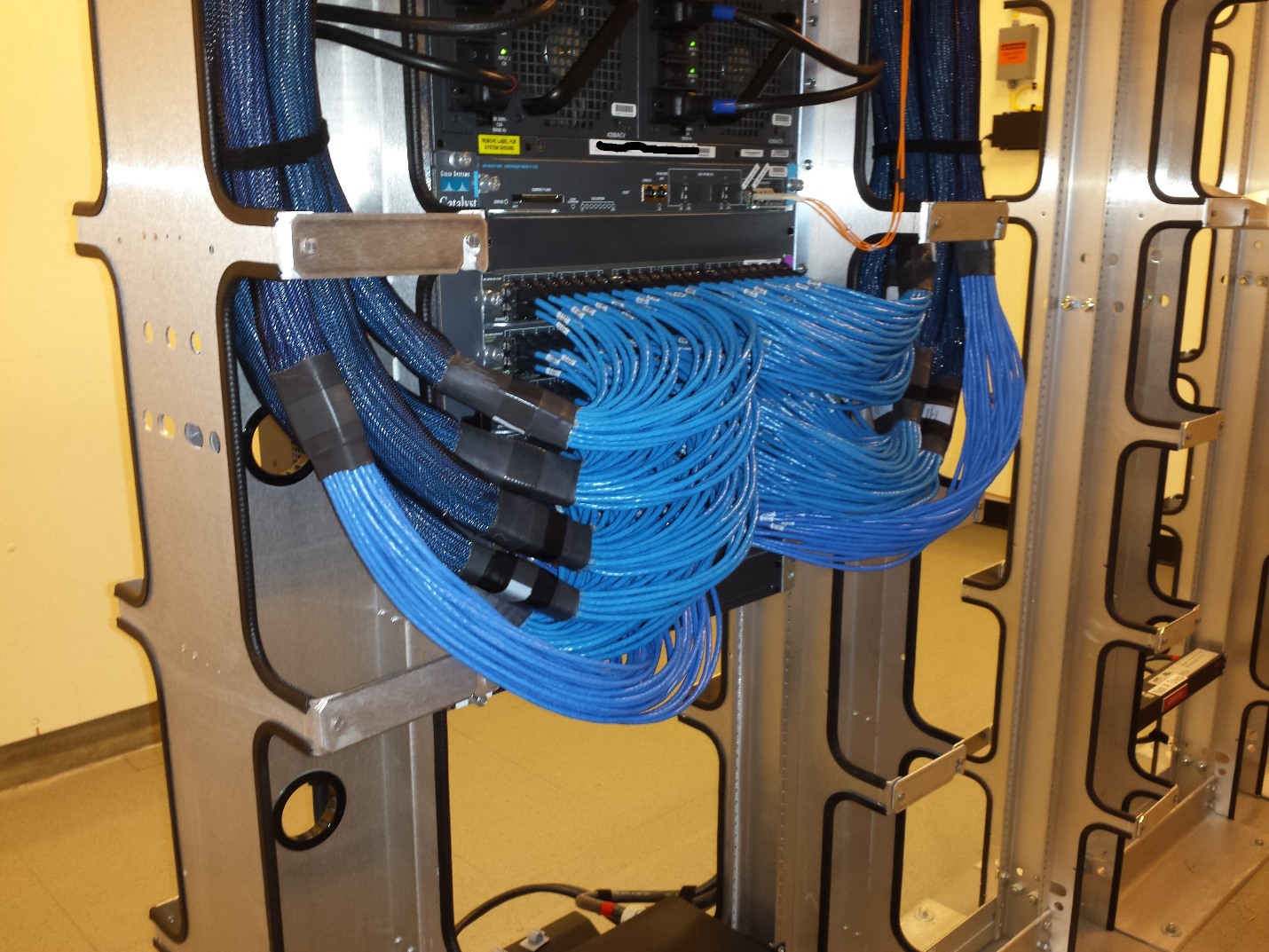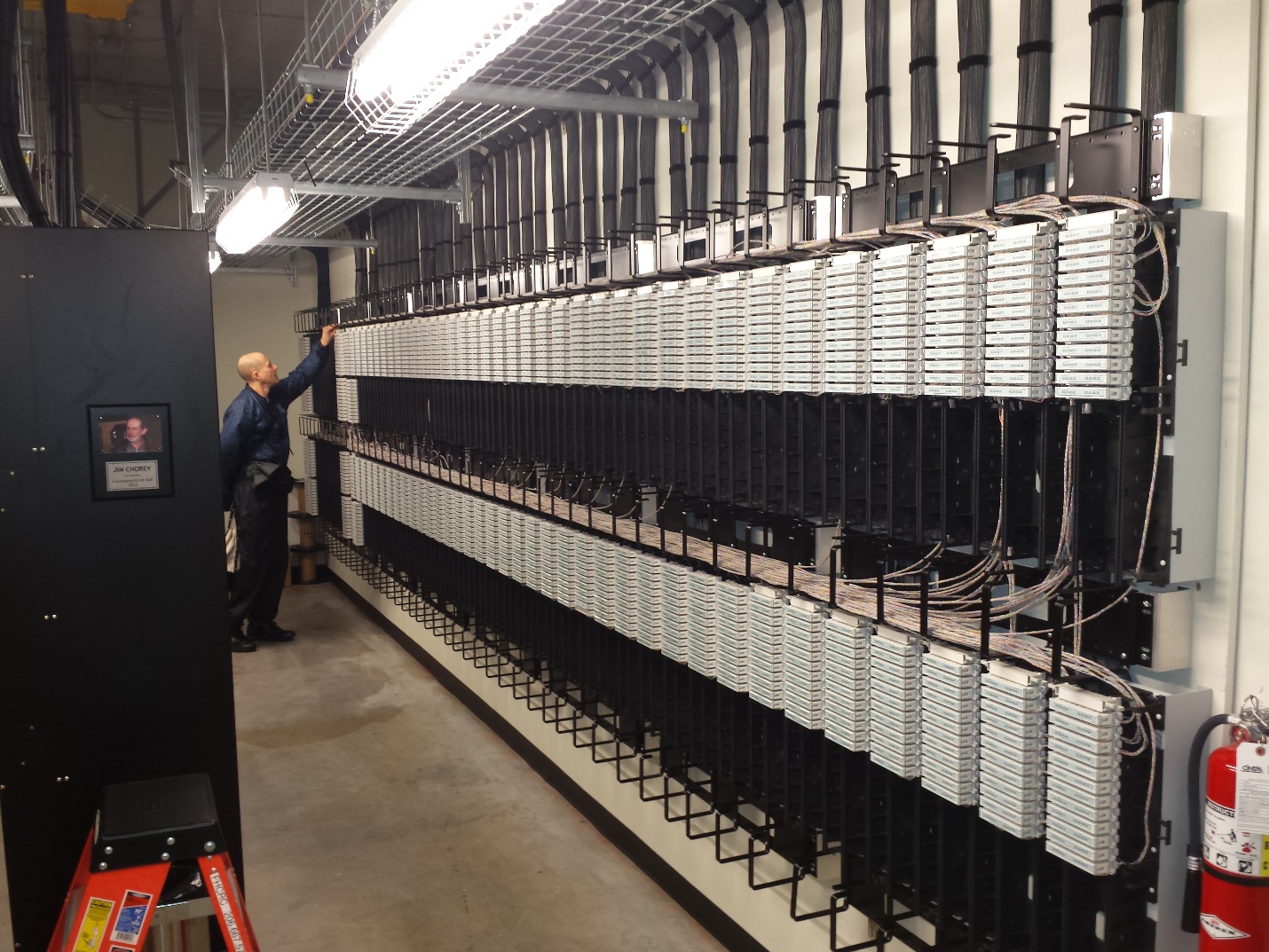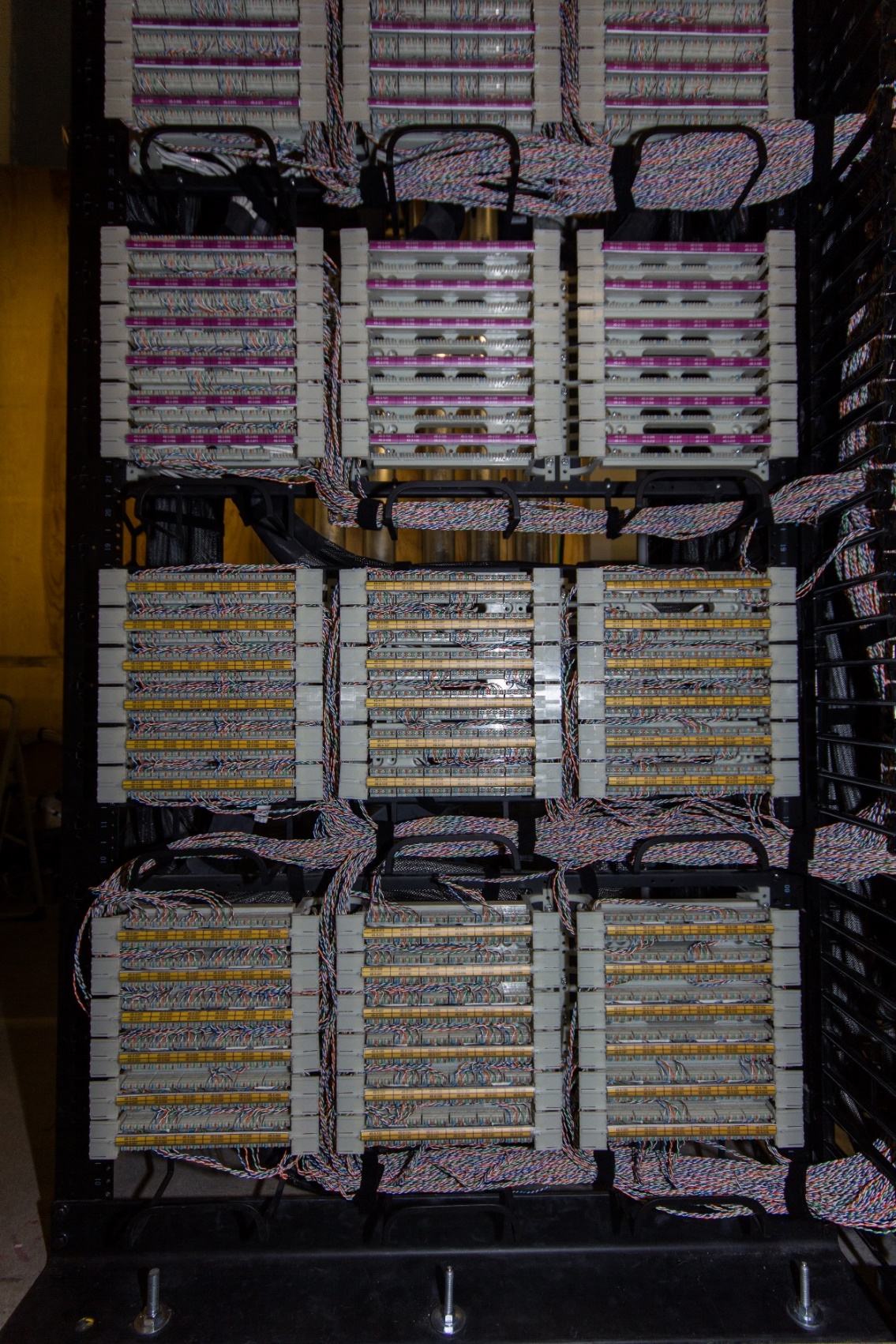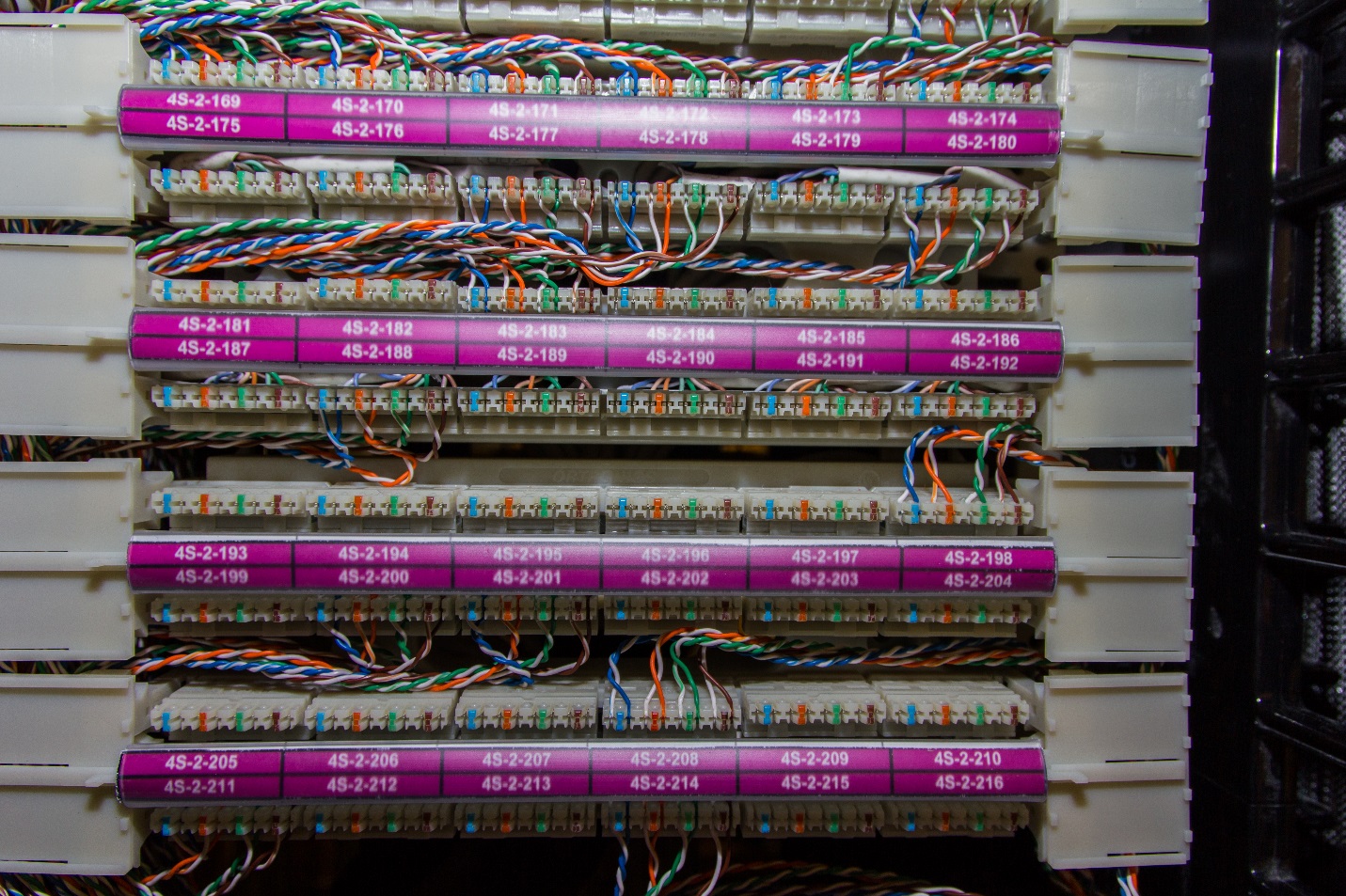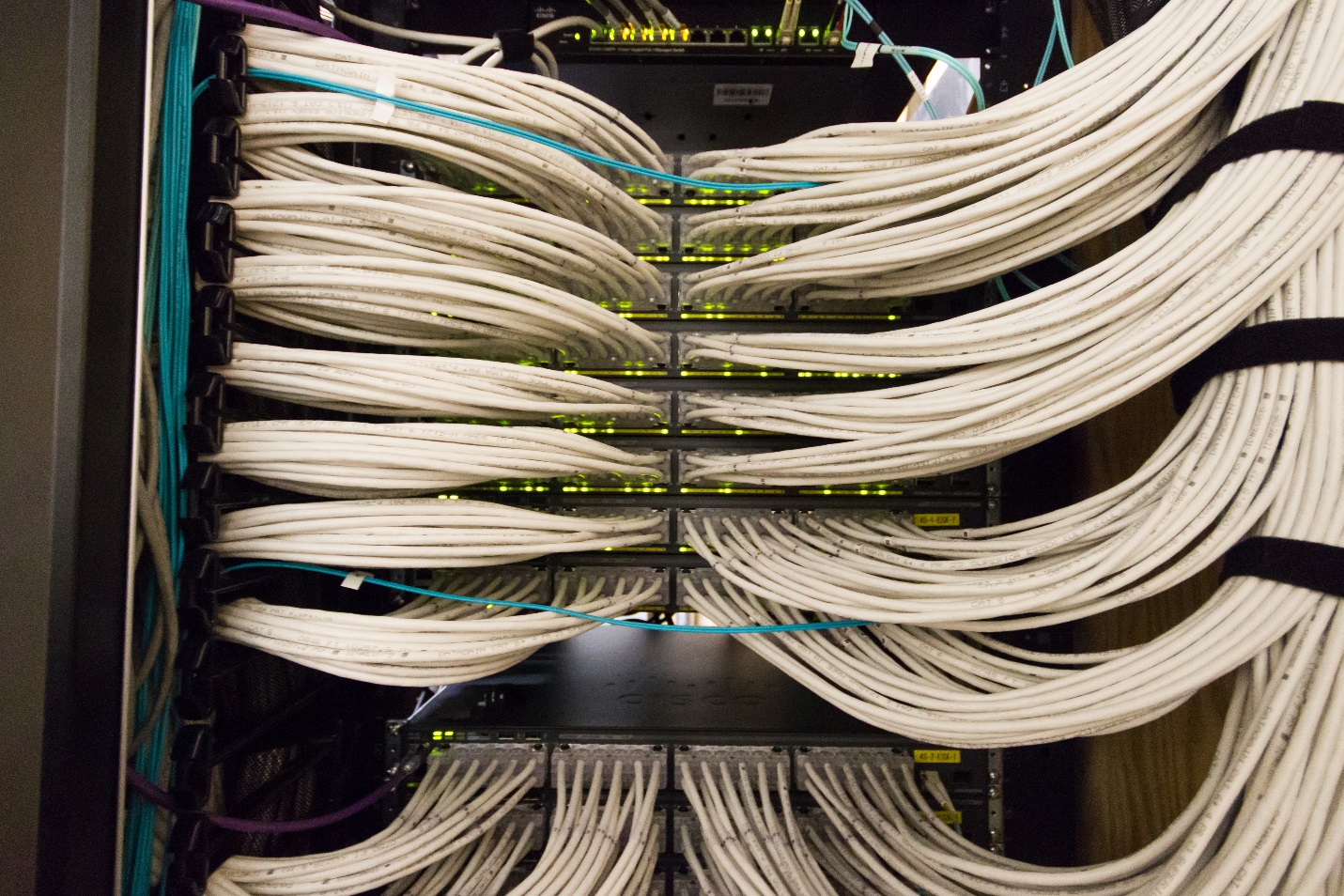The problem
Typically, the cost of moves/adds/changes in intermediate distribution frames increases over time, as the original installation starts off organized (left-hand panel) and, when exposed to MAC, heads toward cabling chaos (right-hand panel).
Not only does the cost of staff time for MAC work increase, but the cost of electronics replacement increases -- replacing a failed power supply, fan, or line card, much less an entire chassis, becomes a challenging multi-hour process in small deployments. In dense deployments, equipment replacement becomes cost prohibitive: Replacing a component can become a multi-day affair, as the cable tangle must be painstakingly documented and removed before component replacement can even begin: an IDF burn-down.
Oftentimes, cable restoration results in further downtime for specific end-stations, as the documentation process generally misses some cross-connects. In particularly tangled installations, even MAC work can result in collateral service disruption, as the process of installing/removing/shuffling a cable can detach neighboring cables.
Costs that increase over time:
- Staff time for MAC work
- Staff time for equipment repair
- Staff time for equipment replacement
Service disruption that increases over time:
- MTTR for electronics failure
- Downtime during equipment upgrades
- Collateral service disruption after MAC or equipment replacement






